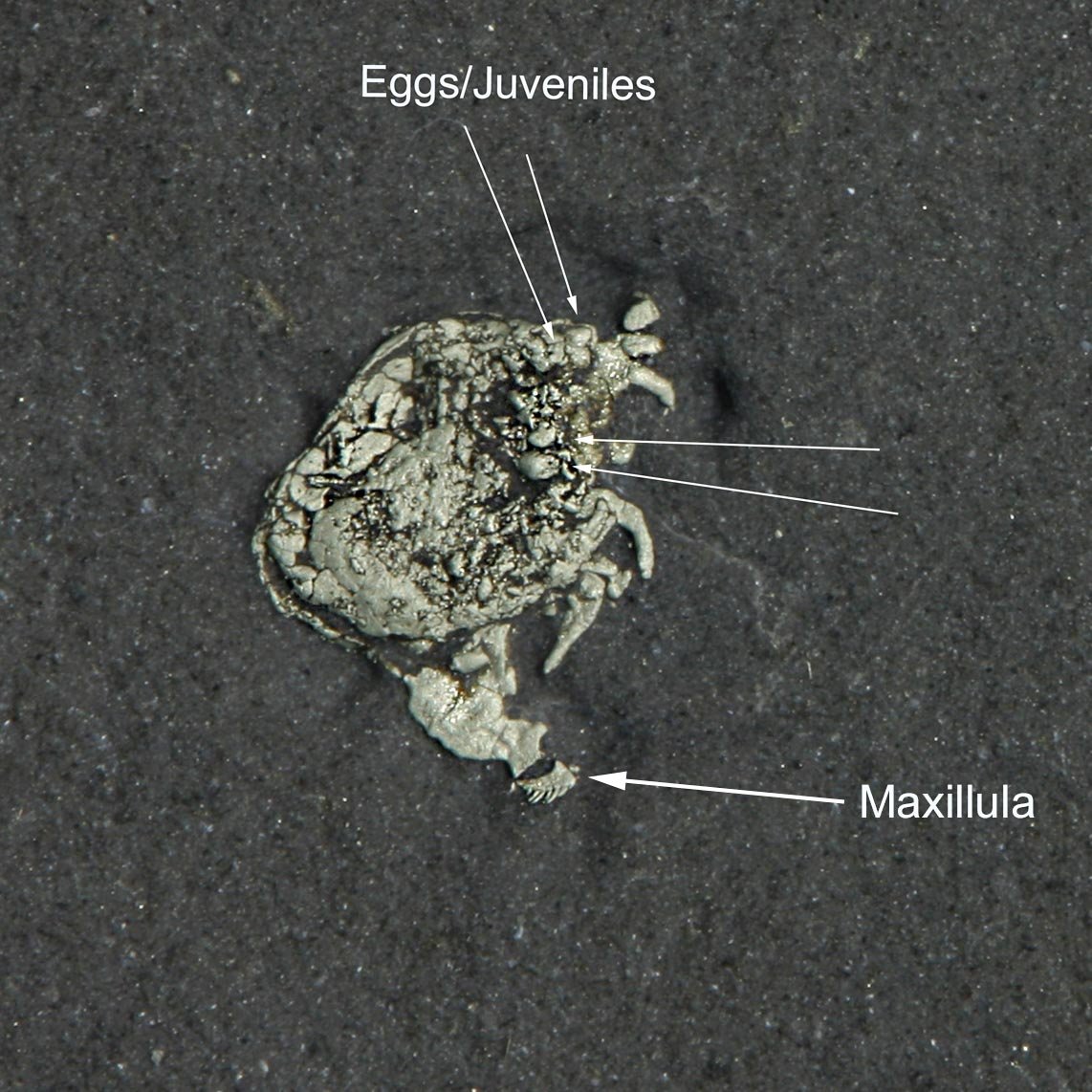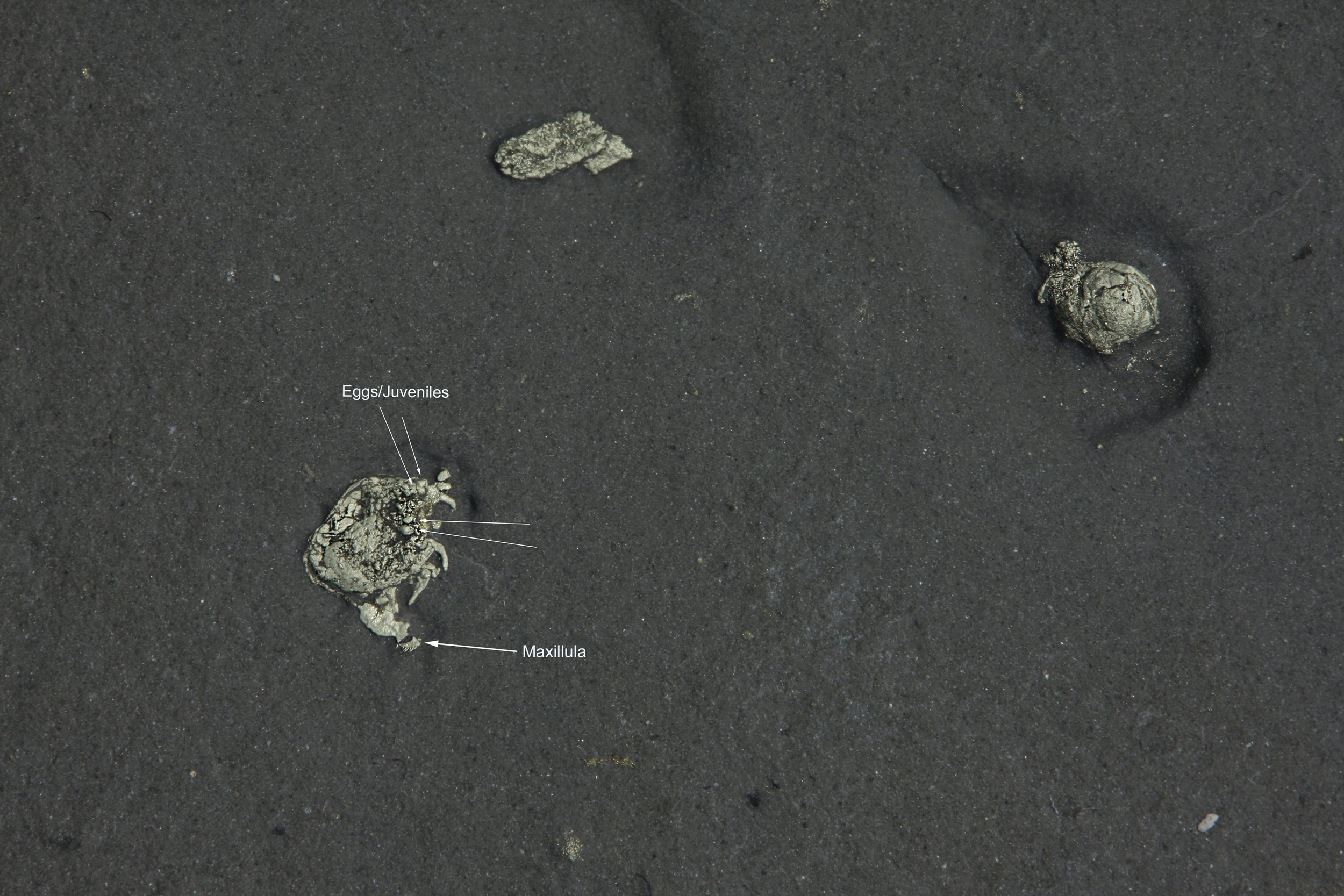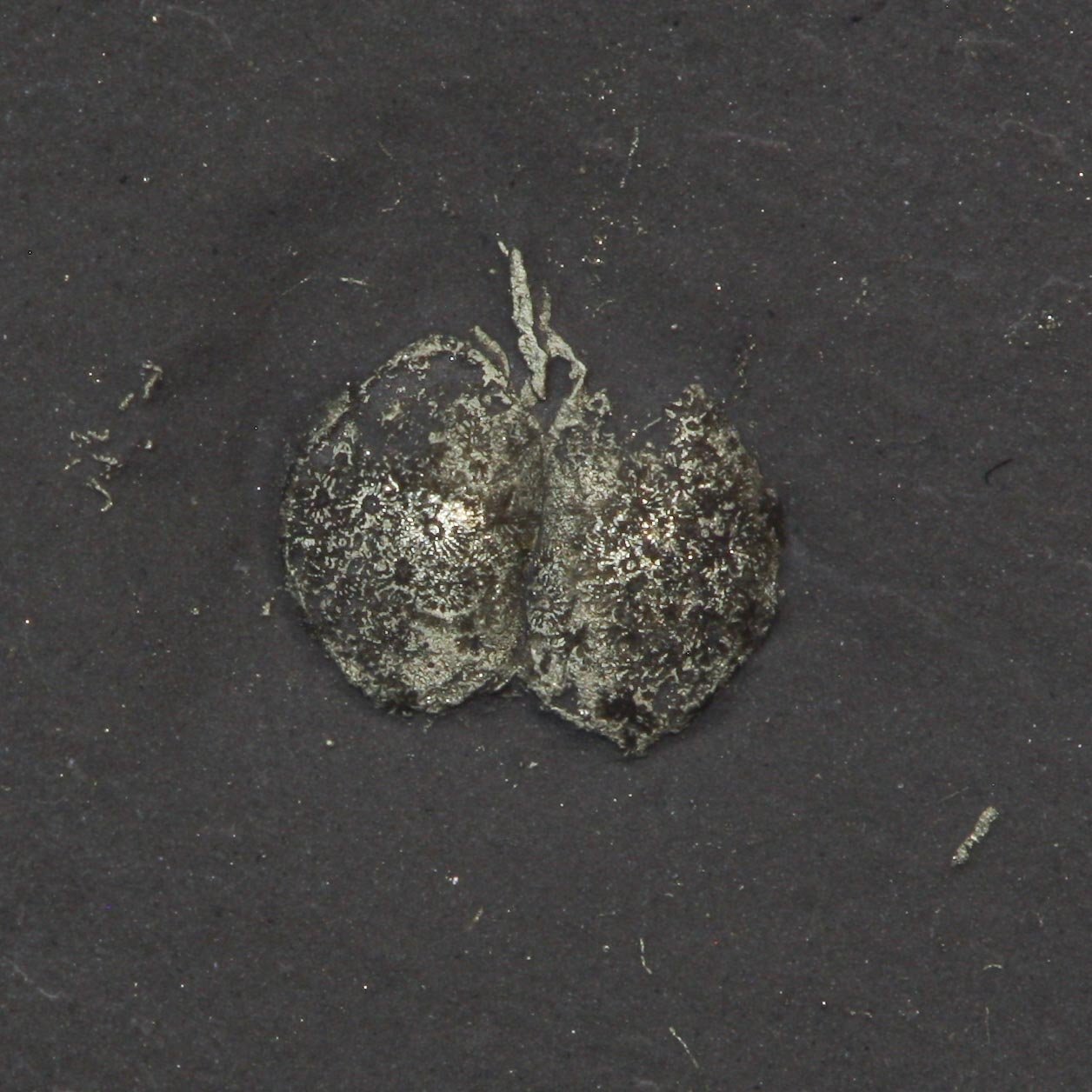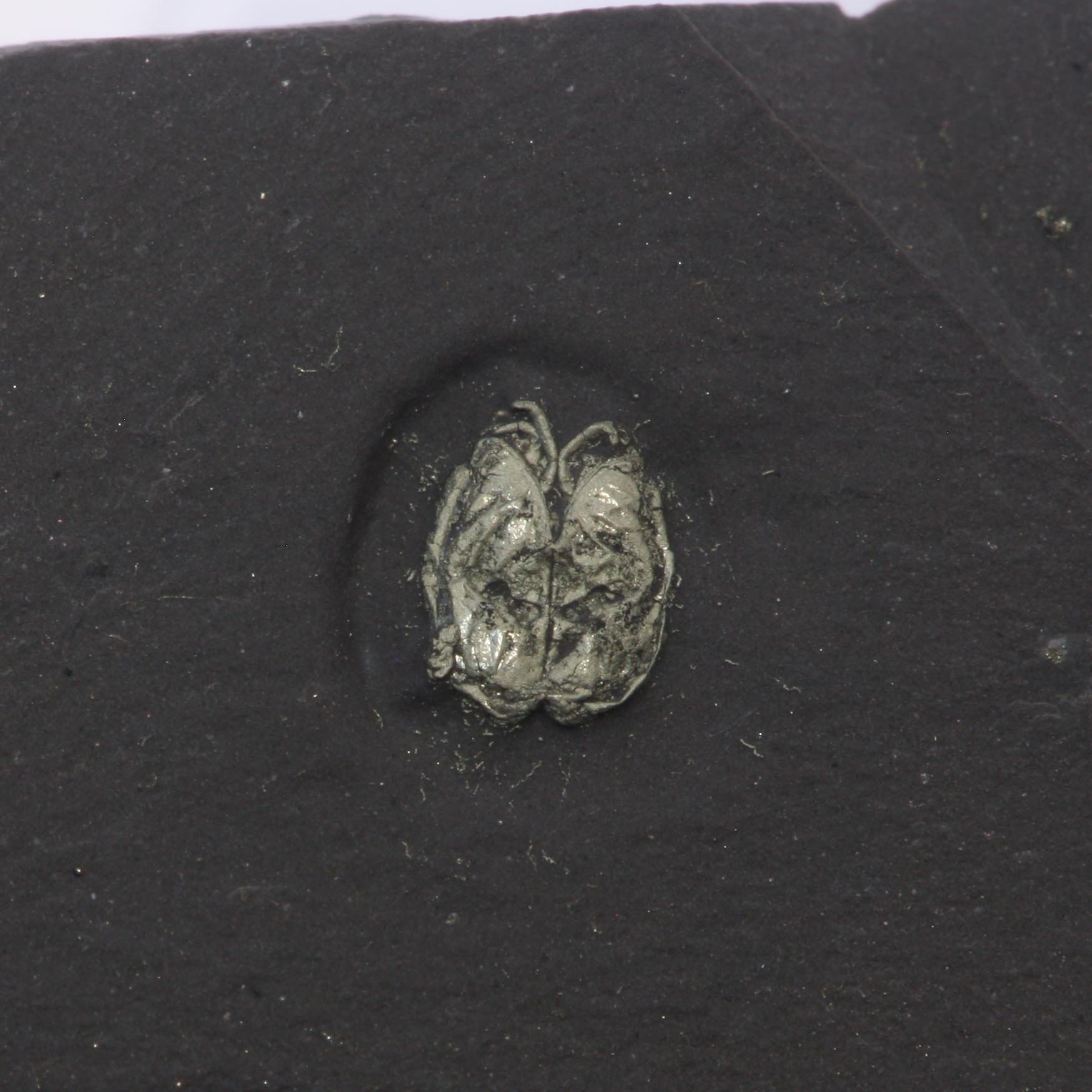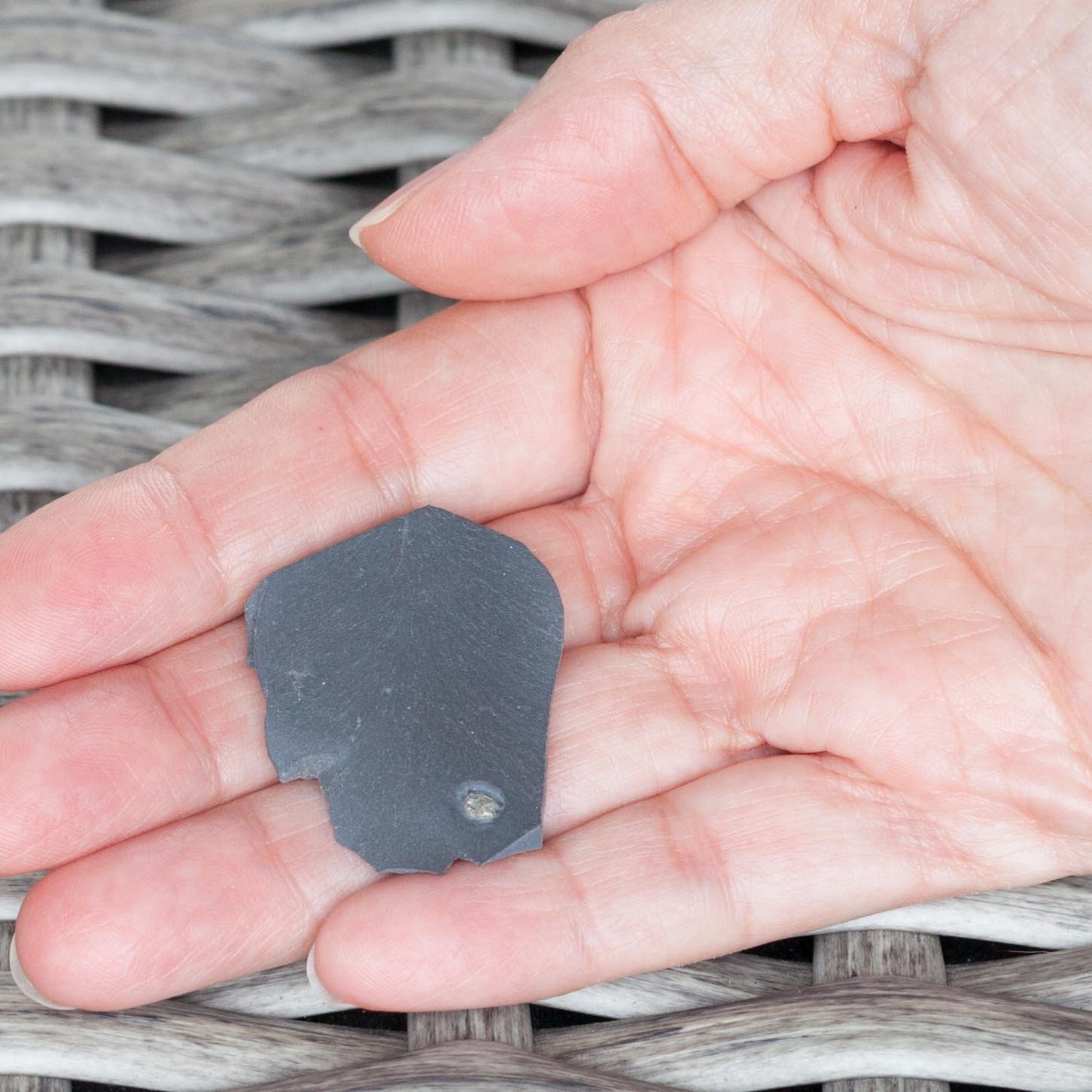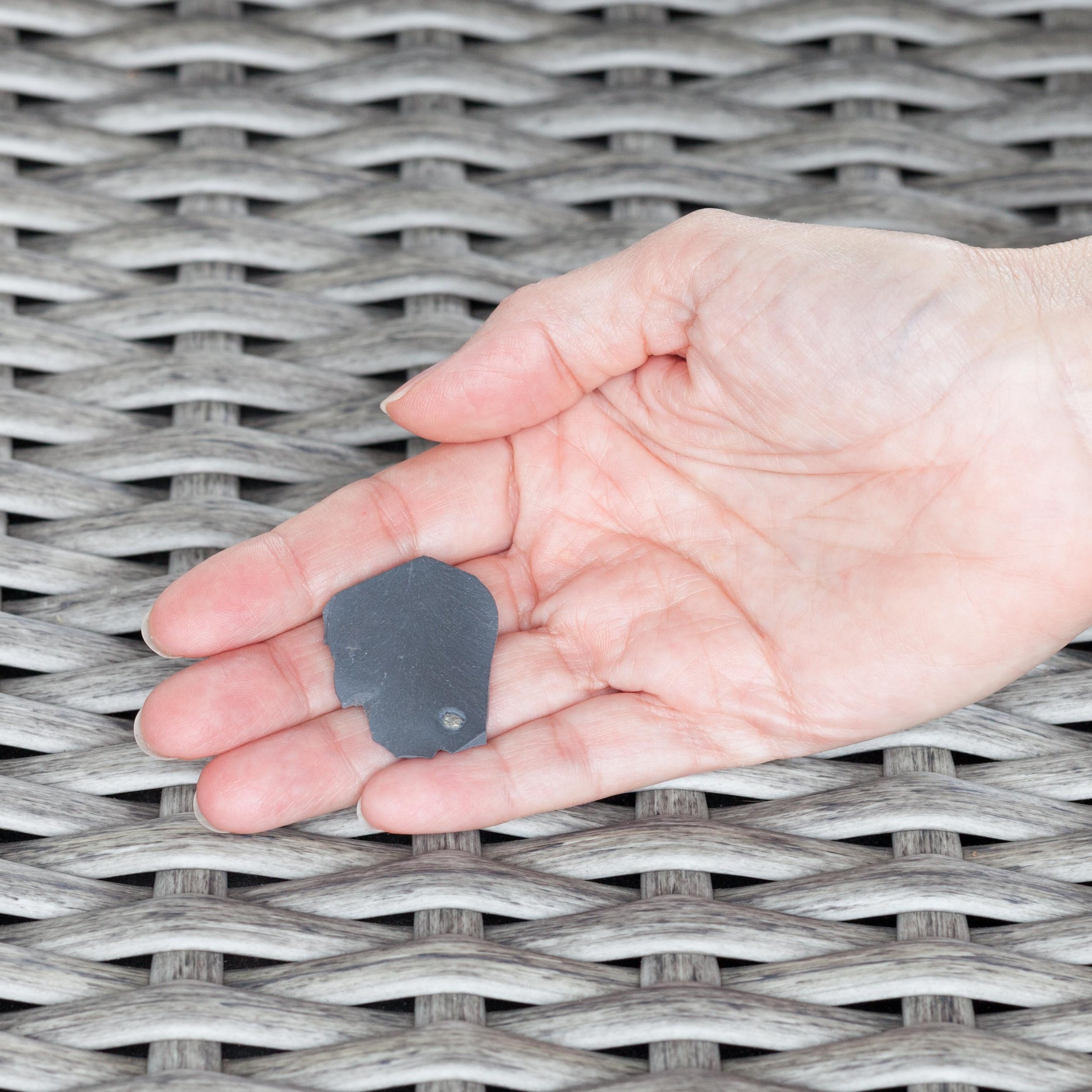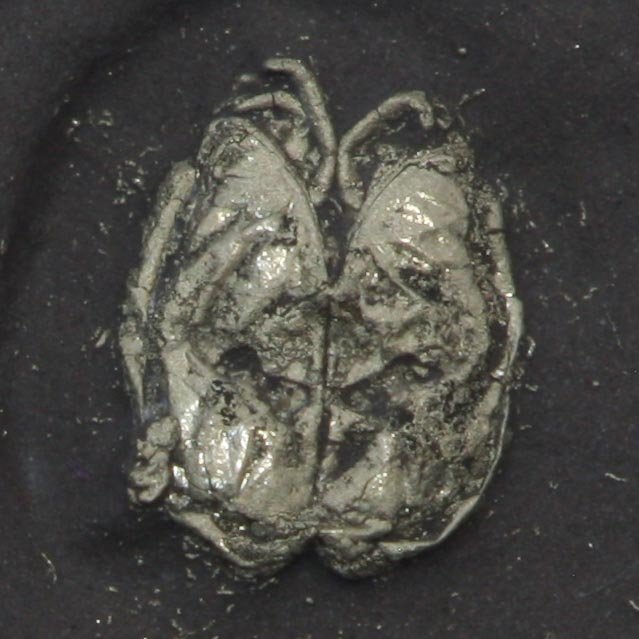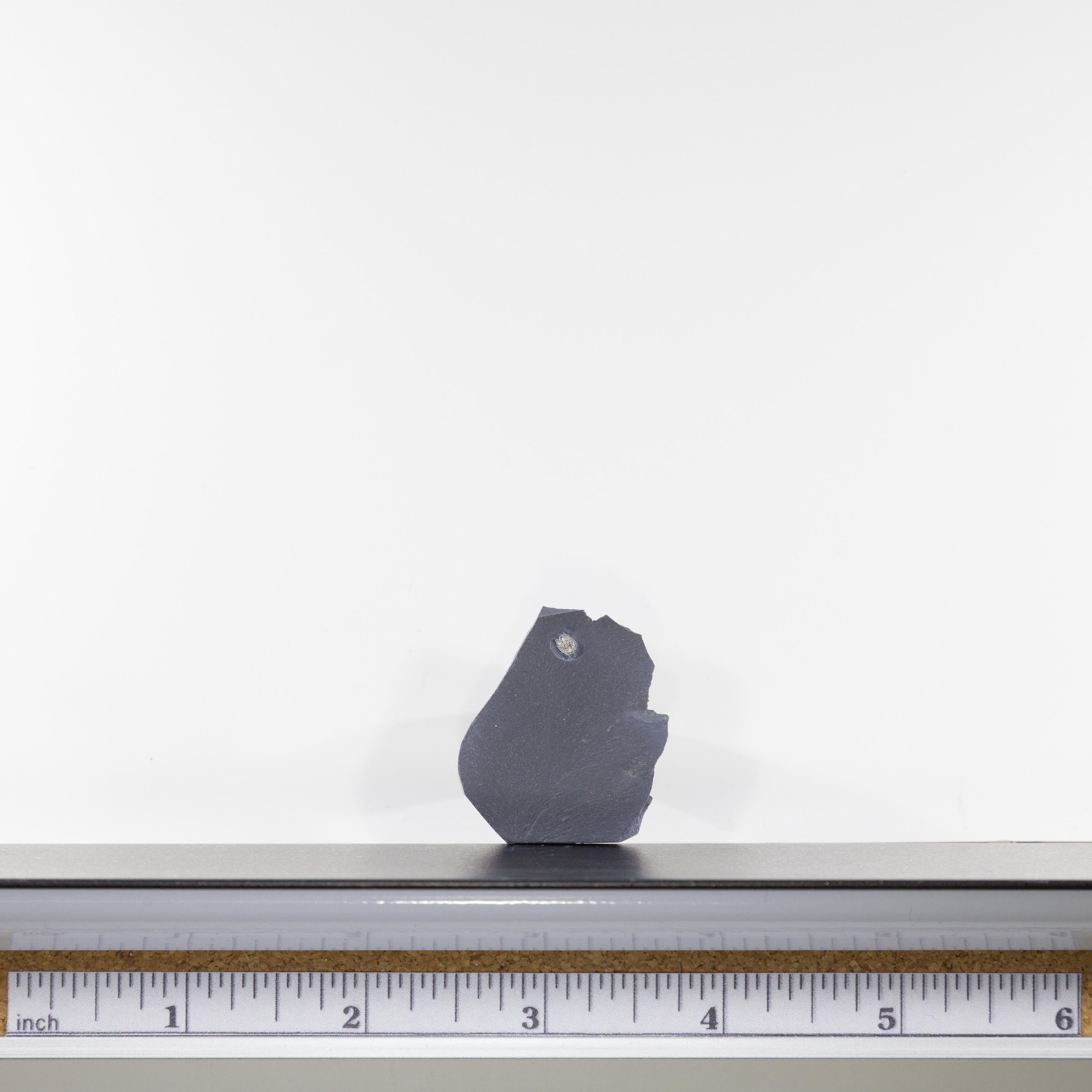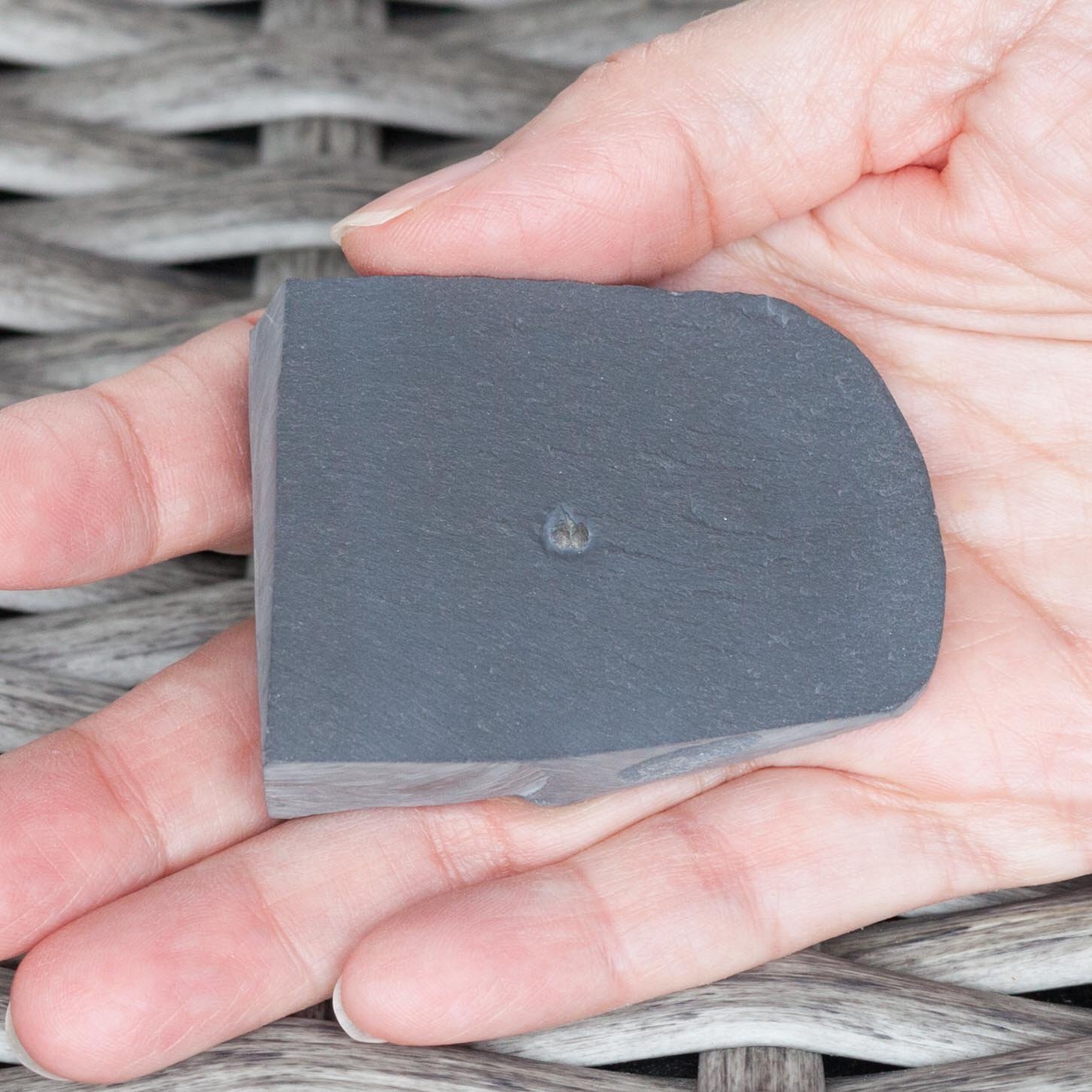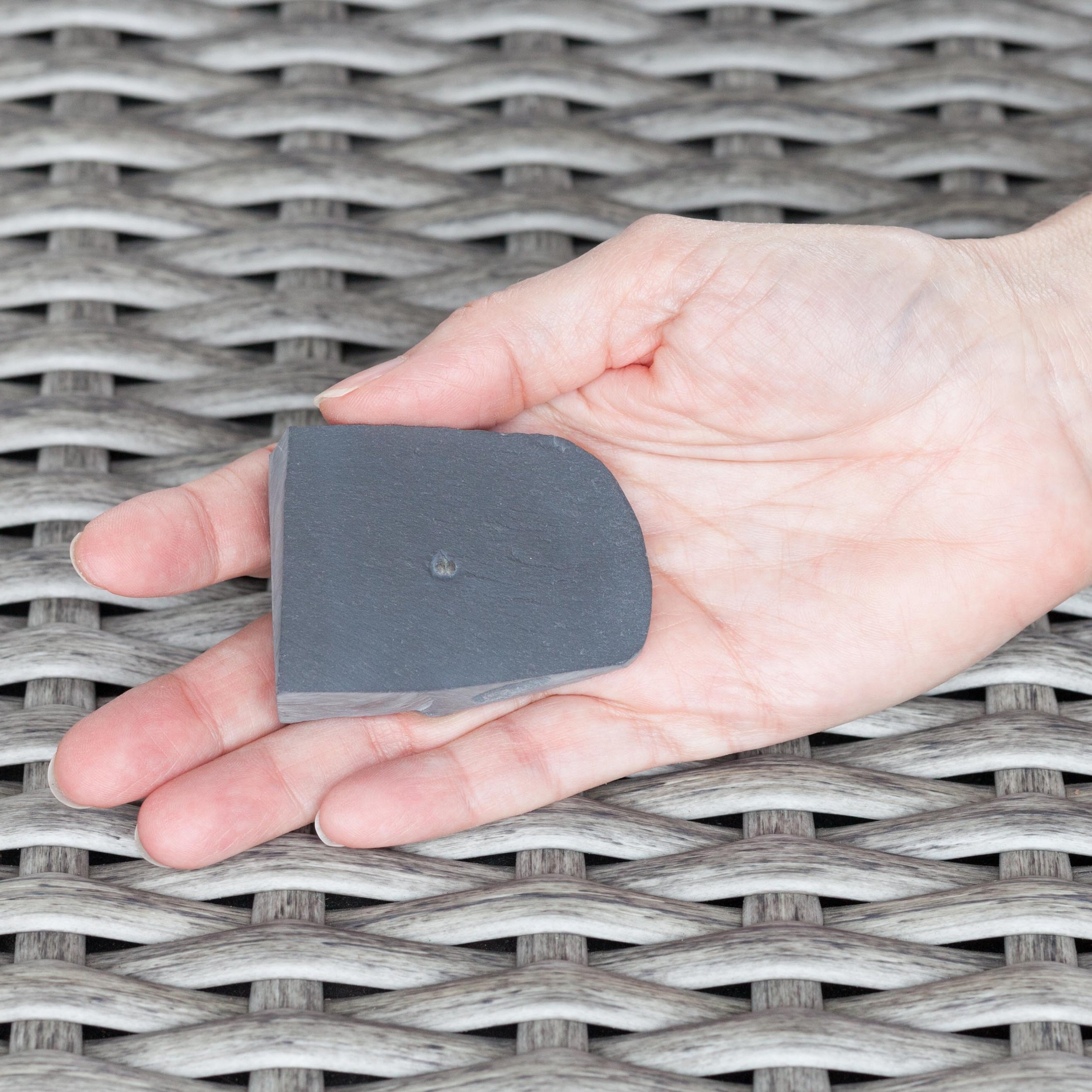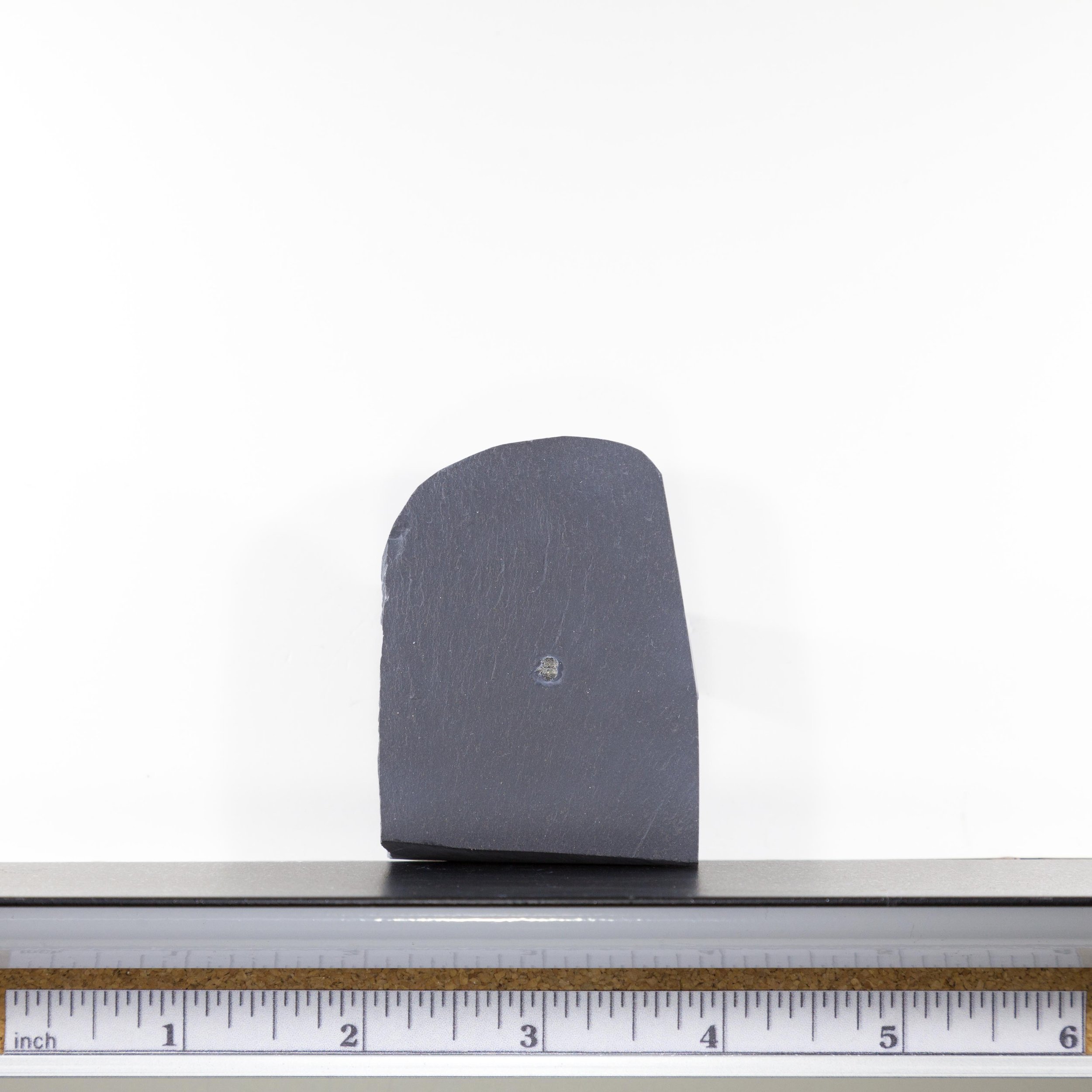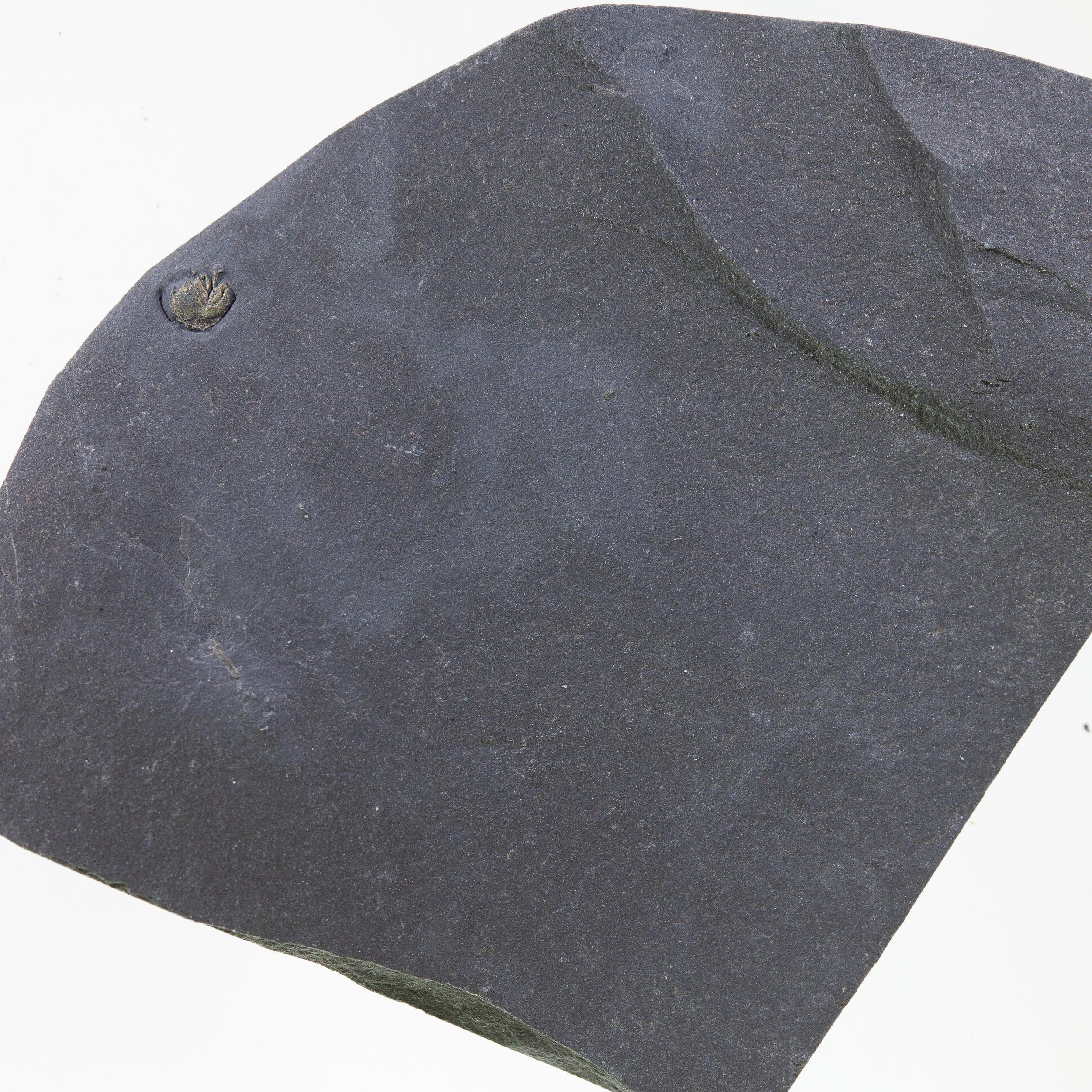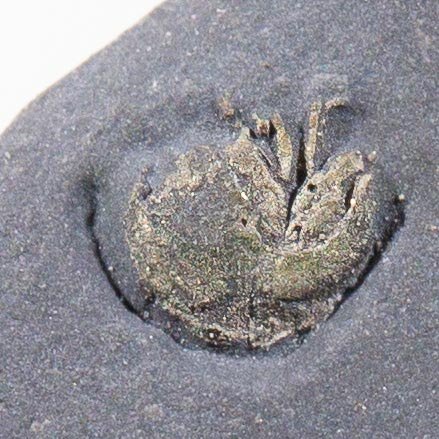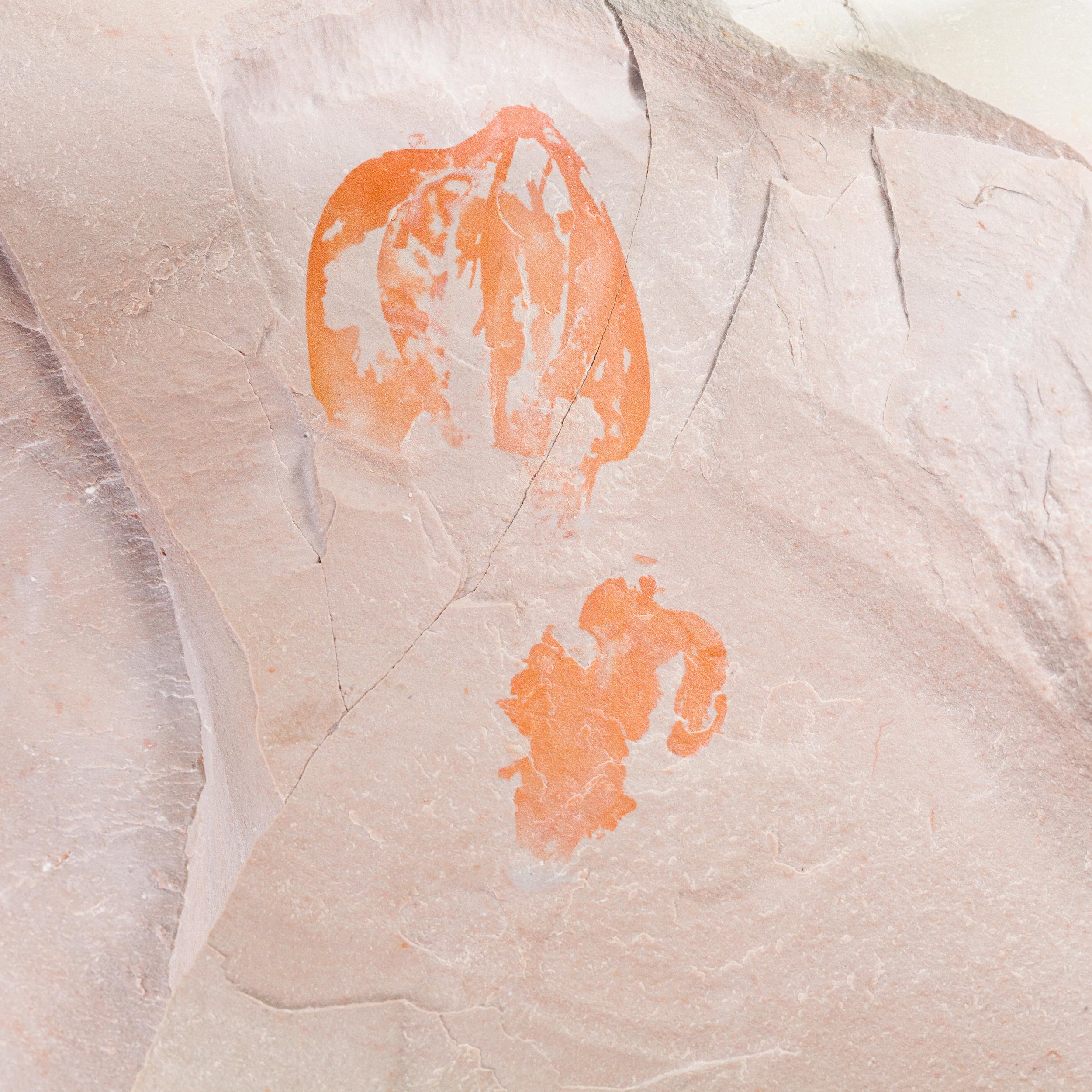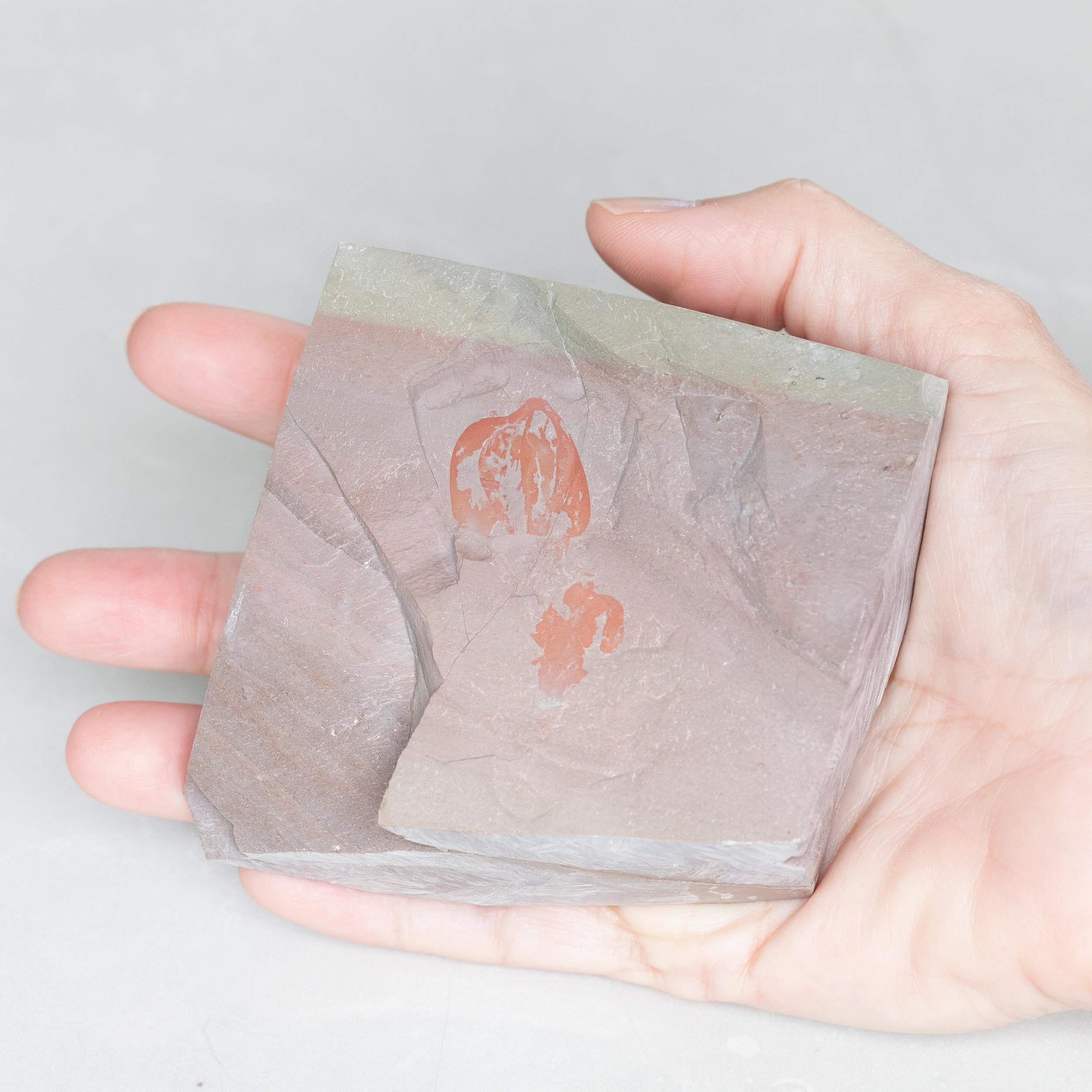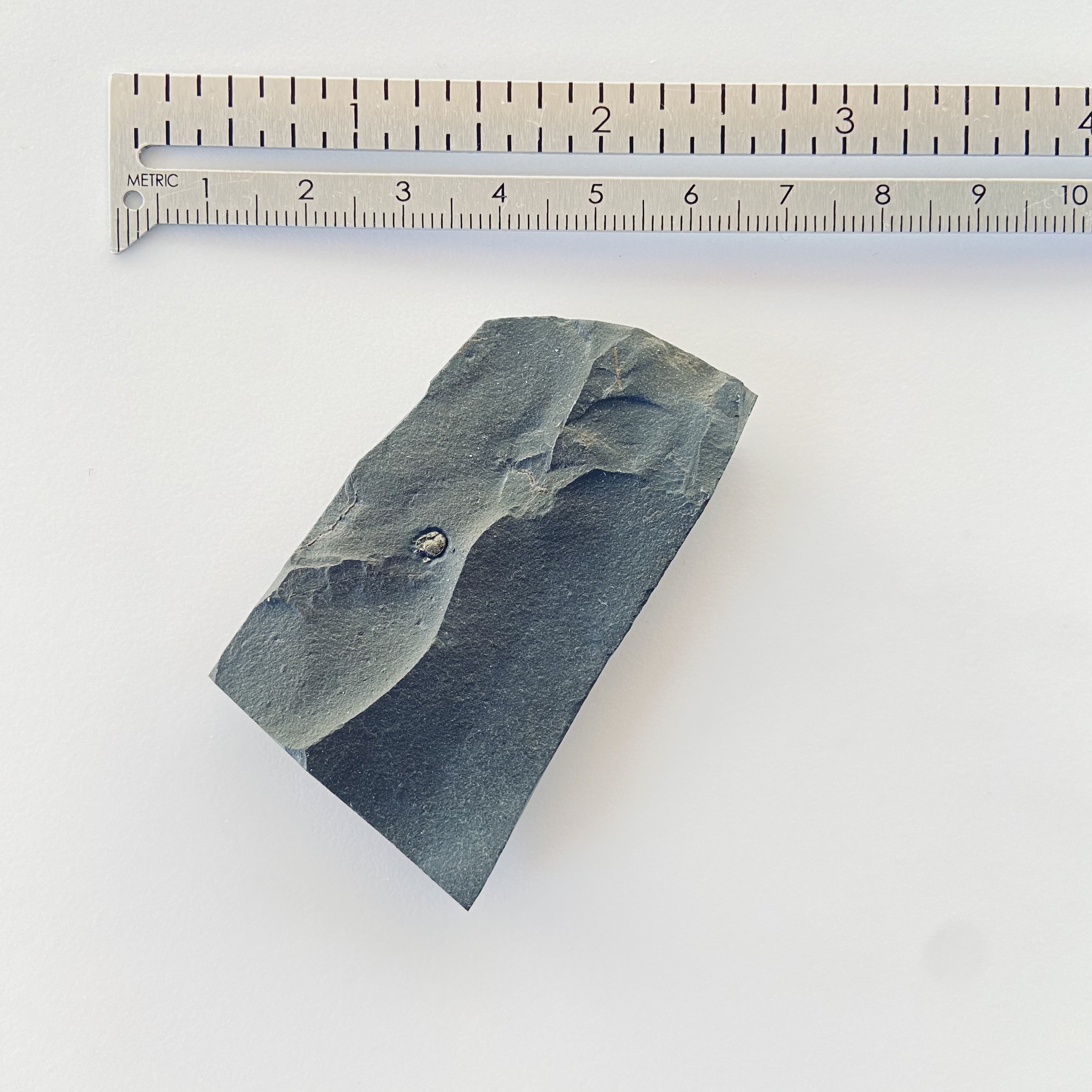Luprisca incuba
Vendor: Gold Bugs
SKU Number: SQ5650253
An extremely rare example of the ostracod species Luprisca incuba, pyritized with soft tissue preservation of appendages and antennae. Both ostracods measure approx 3mm. One of the ostracods has many appendages exposed with eggs in place. The maxillula with comb structures is preserved on the tip. A piece of pyritized detritus is also on the plate.
While these tiny crustaceans are common in the fossil record, it is extremely rare to see them with soft anatomy preserved. Interestingly ostracods are still around today, with little if any changes.
Full dimensions are listed below.
Vendor: Gold Bugs
SKU Number: SQ5650253
An extremely rare example of the ostracod species Luprisca incuba, pyritized with soft tissue preservation of appendages and antennae. Both ostracods measure approx 3mm. One of the ostracods has many appendages exposed with eggs in place. The maxillula with comb structures is preserved on the tip. A piece of pyritized detritus is also on the plate.
While these tiny crustaceans are common in the fossil record, it is extremely rare to see them with soft anatomy preserved. Interestingly ostracods are still around today, with little if any changes.
Full dimensions are listed below.
Vendor: Gold Bugs
SKU Number: SQ5650253
An extremely rare example of the ostracod species Luprisca incuba, pyritized with soft tissue preservation of appendages and antennae. Both ostracods measure approx 3mm. One of the ostracods has many appendages exposed with eggs in place. The maxillula with comb structures is preserved on the tip. A piece of pyritized detritus is also on the plate.
While these tiny crustaceans are common in the fossil record, it is extremely rare to see them with soft anatomy preserved. Interestingly ostracods are still around today, with little if any changes.
Full dimensions are listed below.
Additional Information
Discovered in 1892 by William S. Valiant and made famous by the work of Charles Emerson Beecher, "Beecher's Trilobite Bed" is located in a small quarry outside of Rome, New York. It is a 4cm thick layer of shale that has yielded some of the most spectacular fossils ever found. The most revered is Triarthrus eatoni, an Upper Ordovician trilobite from the Frankfort Shale of the Lorraine Group. The trilobite bed is a Konservat-Lagerstätte with exceptional soft tissue preservation of antennae, appendages and occasionally egg broods preserved near the underside of the cephalon. There exist only a few sites around the world that preserve this level of detail.
For the last 15+ years the quarry has been owned and managed by Markus Martin, founder of Gold Bugs. Not only is Markus the owner of Gold Bugs, he is the recognized expert on the preparation of fossils from this site.
References:
Charles Emerson Beecher
Triarthrus eatoni
Markus Martin
Gold Bugs
Beecher's Trilobite Bed
Ordovician Ostracods with Brood Care

